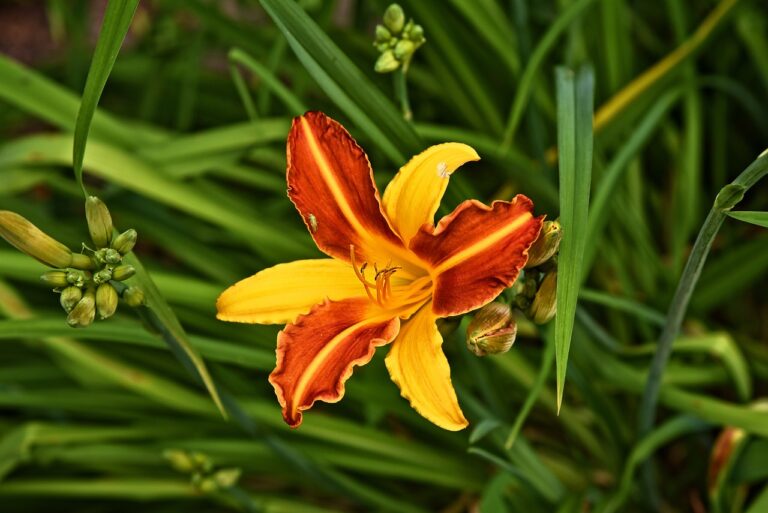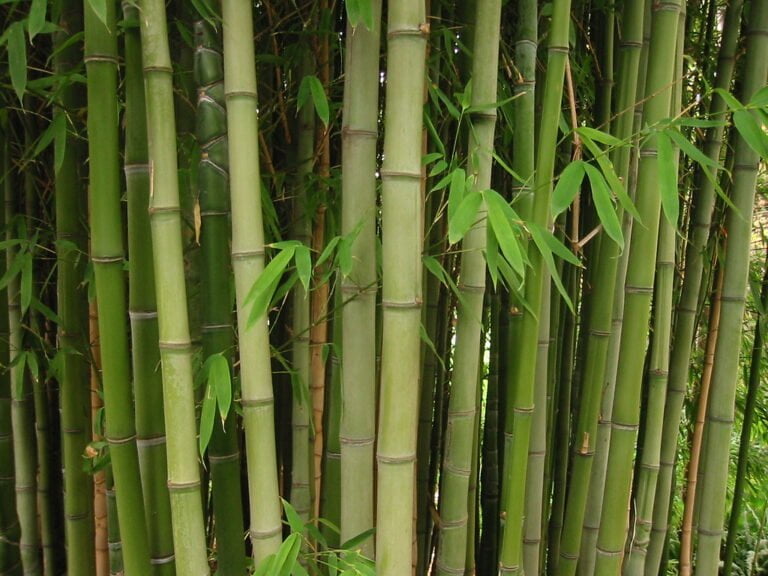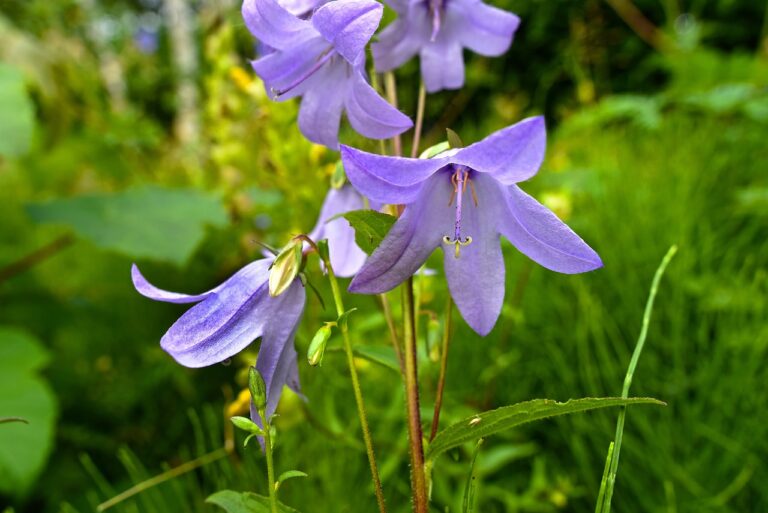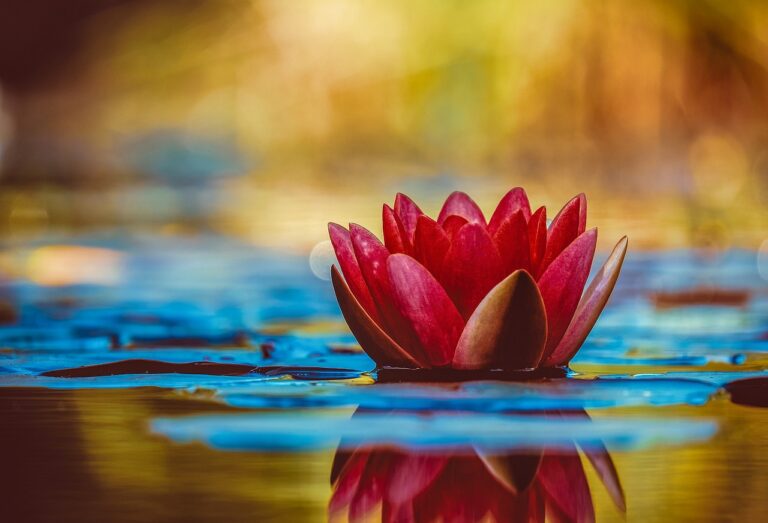Cacti and Succulents
Cacti and succulents thrive in arid environments with unique water-storing adaptations. Areoles in cacti and juicy parts in succulents store precious water. Thick waxy coatings on succulents’ leaves reduce water loss. Full sun and well-draining soil are crucial for their flourishing. Over 10,000 cacti species and 60 succulent families offer diverse choices. Notable plants like the Saguaro and Echeverias enhance the beauty of collections. Care involves optimal soil, watering, and lighting. Exploring the world of cacti and succulents brings endless opportunities for growth and enjoyment.
Unique Adaptations for Arid Environments
In arid environments, cacti and succulents showcase remarkable adaptations to survive extreme dry conditions. Cacti, with their unique areoles, serve as specialized structures from which spines, flowers, and new growth emerge. These areoles are essential for their water-storing adaptations, allowing cacti to swell when full of water and shrink during droughts. Succulents, on the other hand, store water in their fleshy leaves, stems, or roots. Their ability to retain water is facilitated by the thick, waxy coatings on their leaves, which greatly reduce water loss through evaporation.
Cacti and succulents have evolved to thrive in environments where water is scarce. The water-storing adaptations seen in these plants are vital for their survival. Cacti, with their capacity to expand and contract based on water availability, are particularly adept at enduring long periods of drought. Succulents, with their fleshy tissues and wax-coated leaves, can store water efficiently, allowing them to withstand harsh conditions.
Understanding these water-storing adaptations in cacti and succulents provides insights into how plants have adapted to thrive in arid environments. By studying these remarkable features, we can learn valuable lessons about resilience and survival in challenging habitats.
Sunlight and Watering Requirements
Optimizing sunlight exposure and implementing proper watering practices are essential for the robust growth and health of cacti and succulents. These plants thrive in full sun, necessitating a minimum of 6 hours of sunlight daily to support their photosynthetic processes and overall development. Adequate sunlight exposure is vital for cacti and succulents to flourish, ensuring they receive the energy needed for metabolic functions and growth.
When it comes to watering, cacti and succulents have specific requirements due to their adaptation to arid environments. These plants prefer dry conditions and necessitate well-draining soil to prevent issues like root rot caused by overwatering. Overwatering can lead to detrimental consequences such as root rot and fungal diseases, impacting the health and longevity of these plants. To mimic their natural habitat, it is crucial to allow the soil to completely dry out between waterings, preventing waterlogged conditions that can harm the roots.
In both indoor and outdoor settings, cacti and succulents benefit from a watering regimen that balances moisture levels in the soil. By understanding their sunlight and watering needs, enthusiasts can provide these plants with the optimal conditions for thriving growth and vitality.
Variety of Species Available
I will start by discussing the wide range of cacti and succulents available, showcasing their distinct features and characteristics that make them fascinating subjects for study and cultivation. Each species has specific care requirements, including considerations for sunlight exposure, watering frequency, and soil preferences, which are essential for their successful growth and well-being. Understanding the varied range of cacti and succulents allows enthusiasts to select plants that align with their preferences and gardening capabilities.
Unique Plant Features
Succulents and cacti exhibit a wide range of distinctive characteristics, making them fascinating options for plant enthusiasts looking to care for a diverse array of species. Cacti, which are a type of succulent, have fleshy stems for water storage and are known for their spines that act as protection. One key feature that sets cacti apart is the presence of areoles, which are small, specialized bumps where spines, flowers, and new stems grow. Unlike other succulents, cacti have these unique structures. Another notable aspect is the difference between cacti and other succulents lies in their specialized cactus soil requirements due to their water storage adaptations. These unique plant features make both succulents and cacti intriguing options for plant collectors.
Care and Maintenance
With over 10,000 species of cacti and approximately 60 different plant families of succulents available for cultivation, understanding the care and maintenance requirements for this wide range of species is essential for their best growth and health. Proper care involves providing well-draining soil to prevent waterlogged conditions that can lead to root rot. Watering practices vary among species but generally involve allowing the soil to dry out between waterings to mimic their natural desert habitats. Succulents like Echeveria and cacti such as the Bunny Ears Cactus thrive in environments with bright, indirect light. By ensuring suitable soil conditions, adopting appropriate watering schedules, and providing adequate light, cacti and succulents can flourish and display their unique features to their fullest potential.
Iconic Cacti With Spines
Some famous cacti with needles, like the Saguaro Cactus and Golden Barrel Cactus, are celebrated for their unique prickly characteristics. The Bunny Ears Cactus and Bishops Cap Cactus showcase distinctive shapes and designs that set them apart in the succulent realm. Furthermore, the Christmas Cactus brings a festive vibe with its vibrant blooms and gentle thorns, adding to the variety of spiky succulents.
Notable Spiky Cacti
Among the remarkable spiky cacti in the realm of desert flora, the Saguaro Cactus stands out for its iconic presence in Western landscapes and its remarkably slow growth rate. The Saguaro Cactus can take up to 75 years to reach its full height of around 40 feet, making it a symbol of endurance in arid environments. The Golden Barrel Cactus, known for its symmetrical shape, thrives in hot, dry climates and is favored for landscaping purposes due to its striking appearance. Another remarkable spiky cactus is the Bunny Ears Cactus, characterized by its flattened pads resembling bunny ears, making it an attractive and low-maintenance addition to succulent gardens. These cacti exemplify the diversity and resilience of desert plants.
Unique Prickly Species
Adapted to thrive in harsh desert conditions, cacti with spines have evolved specialized features to minimize water loss through their modified leaves. Some iconic cactus species with unique prickly characteristics include:
- Saguaro Cactus: Known for its towering height of up to 40 feet and impressive lifespan exceeding 150 years.
- Barrel Cacti: Such as the Golden Barrel Cactus, storing water efficiently in their globular shape to endure prolonged droughts.
- Teddy Bear Cholla Cacti: Featuring dense clusters of spines resembling fuzzy teddy bears, native to the arid regions of the southwestern US.
- Organ Pipe Cactus: With multiple stems resembling organ pipes, capable of reaching heights of up to 23 feet in their natural habitat.
- Fishhook Cactus: Notable for its hooked spines that aid in water collection and protection against predators.
Famous Spiny Succulents
In studying famous spiny succulents, one cannot overlook the remarkable adaptations of iconic cacti with spines to survive in arid environments. Spiny succulents like the Golden Barrel Cactus and Bunny Ears Cactus have evolved to thrive in harsh conditions by storing water in their fleshy stems. The spines on these cacti not only act as a vital mechanism against predators but also play an essential role in temperature regulation. The Golden Barrel Cactus, with its ability to live up to 30 years, showcases its resilience by producing striking yellow flowers in the spring. On the other hand, the Bunny Ears Cactus, known for its flat, ear-shaped pads, is a popular choice due to its ease of growth and propagation from cuttings.
Delicate Rosettes of Echeveria
Echeveria plants display a stunning array of intricate rosette shapes characterized by their fleshy leaves. These unique succulents enchant with their diverse forms and colors, making them a favorite among plant enthusiasts. Here are some key points about the intricate rosettes of Echeveria:
- Variety of Species: Echeverias belong to the Crassulaceae family, boasting over 150 recognized species, each with its distinct rosette shape.
- Native Habitat: Originating from semi-desert regions in Central America and Mexico, Echeverias have adapted to thrive in arid climates.
- Vibrant Colors: These plants come in a range of hues, from soothing greens to vibrant pinks, purples, and blues, adding a pop of color to any collection.
- Size Range: Echeveria rosettes vary in size, from petite versions measuring just a few inches across to larger ones spanning over a foot in diameter.
- Versatile Use: Their compact, rosette form makes Echeverias ideal for arrangements and container gardening, as they can be beautifully showcased alone or combined with other succulents for striking displays.
Echeverias’ intricate rosettes not only add aesthetic appeal to any space but also bring a touch of nature’s artistry into our surroundings.
Low-Maintenance Plant Care
Succulents and cacti, known for their low-maintenance requirements, are excellent choices for individuals seeking plants that thrive with minimal care. These water-storing tissues in cacti and succulents allow them to withstand periods of drought and reduce the need for frequent watering. To care for these low-maintenance plants, it is essential to provide them with bright indirect light and well-draining soil to prevent waterlogged conditions that can lead to root rot.
One of the key aspects of maintaining cacti and succulents is to avoid overwatering. These plants have adapted to store water in their tissues, making them sensitive to excessive moisture. By allowing the soil to dry out between waterings, you can mimic their natural habitat and promote healthy growth. Additionally, these plants are resilient to varying light conditions, making them suitable for different environments.
Rewarding Experience for Plant Enthusiasts
Engaging with the unique adaptations and low-maintenance requirements of cacti and succulents can offer plant enthusiasts a fulfilling and educational experience. Caring for these plants not only provides a sense of accomplishment but also allows for a deeper understanding of their remarkable characteristics. Here are some rewarding aspects of cultivating cacti and succulents:
- Diverse Aesthetic Appeal: The varying shapes, sizes, and colors of cacti and succulents create a visually enchanting display both indoors and outdoors.
- Botanical Education: Understanding the distinctions between cacti and succulents, such as their spines, flowers, and water storage mechanisms, enriches one’s botanical knowledge.
- Specific Care Requirements: Learning and implementing the specific care tips for cacti and succulents, including well-draining soil, adequate lighting, and infrequent watering, can lead to successful plant growth.
- Continuous Learning Opportunities: Exploring the vast world of cacti and succulents offers endless chances to discover new species, adaptations, and cultural significance associated with these plants.
- Therapeutic Benefits: Engaging in the care of cacti and succulents can be a calming and meditative activity, providing a peaceful escape from daily stresses.
Cultivating cacti and succulents is not just about tending to plants; it is a journey of exploration and appreciation for the wonders of these unique botanical marvels.






